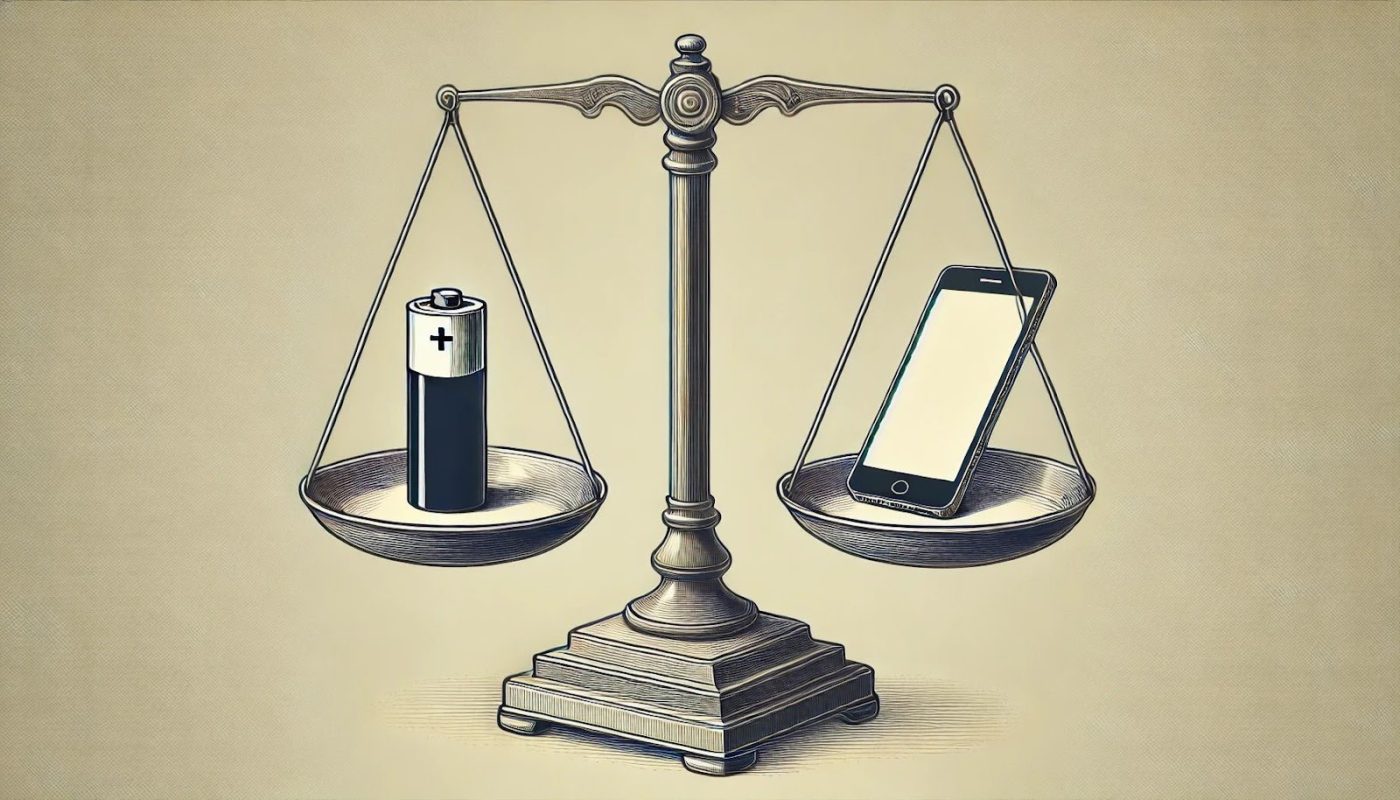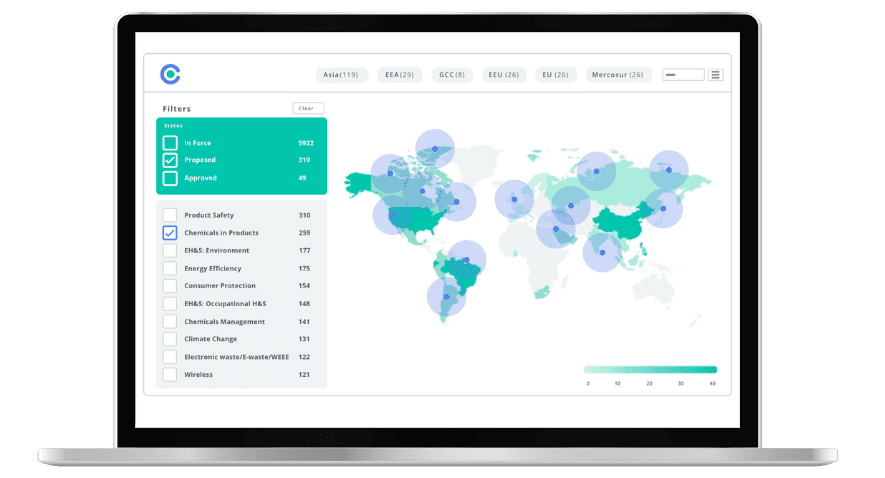
Battery vs. Component: Defining Line in Regulatory Frameworks

This blog was originally posted on 11th February, 2025. Further regulatory developments may have occurred after publication. To keep up-to-date with the latest compliance news, sign up to our newsletter.
AUTHORED BY ANDREW O’NEILL, REGULATORY COMPLIANCE SPECIALIST, COMPLIANCE & RISKS
Introduction: Why the Distinction Matters
In a world where new battery-powered technologies are being developed and put to work at unprecedented rates, how batteries are classified – whether as standalone products or integral components within devices – is more than a technical distinction; it is a question of critical regulation. For manufacturers, importers, and distributors, this line in the sand will determine issues of compliance, sustainability, and access to the market.
The post looks at the criteria adopted by the regulatory frameworks, such as the EU Battery Regulation 2023/1542, in determining whether a battery is to be considered a product in its own right or a component.
What Does the EU Battery Regulation Say?
The EU Battery Regulation lays down the harmonized rules for batteries throughout their entire life cycle. According to the Regulation, a “battery” is defined as “any device delivering electrical energy generated by direct conversion of chemical energy, having internal or external storage, and consisting of one or more non-rechargeable or rechargeable battery cells, modules or of packs of them, and includes a battery that has been subject to preparation for re-use, preparation for repurposing, repurposing or remanufacturing;”
However, the categorization becomes a matter of nuance as it relates to how the battery is marketed or integrated. The following are critical scenarios:
- Standalone Battery: A rechargeable AA battery sold in a retail pack is unmistakably a battery.
- Battery Pack: When a number of cells have been connected and encapsulated in an outer casing, it is still a battery for the purposes of the same rules.
- Integrated Component: When integrated into an appliance – a smartphone or a laptop, for instance – the battery is generally considered to be part of the appliance if it is not designed to be removable or replaceable by the user.
Case Study: Electric Vehicles
One of the major fields where classification plays a huge role is electric vehicles. According to the EU Battery Regulation, traction batteries present in electric vehicles will fall into the category of stand-alone batteries. This means that their performance, sustainability, and recyclability will have to meet the standards, whatever the vehicle they power.
Contrast this with small integrated batteries, such as those in a GPS module or sensors within a vehicle. Those are often considered to be components and not stand-alone batteries, and as such, their regulatory requirements may come under broader product standards rather than specific battery regulations.
Producer Responsibilities
A number of borderline cases highlight how the division is made:
- Do-It-Yourself Kits: A battery provided in a Do-It-Yourself kit – for example, part of a solar panel for home application – would have the battery itself considered to be covered under the law as an individual product for certain safety, labeling, and recycling purposes.
- Embedded Batteries: Sealed batteries in other applications, like in electric scooters, would not fall into the same classification unless that is marketed for individual use.
This also points out the issue of removability. In certain cases, a battery could be removable with commonly available tools yet still be considered to be standalone for the purposes of regulatory compliance.
Manufacturer Challenges
From the manufacturer’s perspective, product classification determines whether compliance can be demonstrated. Misclassification of a battery as a component or vice versa could lead to a fine, recall, or market ban. Among the key challenges are:
- Labeling Requirements: Standalone batteries require detailed labels, including information on capacity, recyclability, and hazardous substances, which may not apply to components.
- CE Marking: Batteries placed on the EU market shall bear the CE marking attesting to their conformity, whereas for components, this may not be the case.
Why This Matters for Sustainability
The line between battery and component also has an effect on the circular economy goals of the EU. By treating batteries as standalone products, the EU Battery Regulation ensures their whole lifecycle – from production to recycling – is managed responsibly. This is crucial for achieving the EU’s targets for carbon neutrality and resource efficiency.
Conclusion: A Fine Line with Big Implications
With widening demand for batteries in general, especially within the context of industries dealing with electric vehicles and renewable energy, differentiation has to be made between a battery and its component. Even regulations that explicitly aim at coherence, like the EU Battery Regulation, require manufacturers to review their products critically with a view to compliance with the law. Whether a battery is a battery or a component may seem like a mere technicality, but in the world of regulation, it is a question that could shape the future of your business.
Understanding such subtleties and staying updated on regulations and guidelines empowers businesses to navigate regulatory challenges with ease while also working toward a greener and more innovative future.
Stay Ahead Of Regulatory Changes in Batteries
Want to stay ahead of regulatory developments in batteries?
Accelerate your ability to achieve, maintain & expand market access for all products in global markets with C2P – your key to unlocking market access, trusted by more than 300 of the world’s leading brands.
C2P is an enterprise SaaS platform providing everything you need in one place to achieve your business objectives by proving compliance in over 195 countries.
C2P is purpose-built to be tailored to your specific needs with comprehensive capabilities that enable enterprise-wide management of regulations, standards, requirements and evidence.
Add-on packages help accelerate market access through use-case-specific solutions, global regulatory content, a global team of subject matter experts and professional services.
- Accelerate time-to-market for products
- Reduce non-compliance risks that impact your ability to meet business goals and cause reputational damage
- Enable business continuity by digitizing your compliance process and building corporate memory
- Improve efficiency and enable your team to focus on business critical initiatives rather than manual tasks
- Save time with access to Compliance & Risks’ extensive Knowledge Partner network

Bird’s Eye View of Global AI Regulations: US, EU, UK, Singapore and China
Join us as our experts break down the latest AI regulatory trends in key markets, including the US, EU, UK, Singapore and China.


